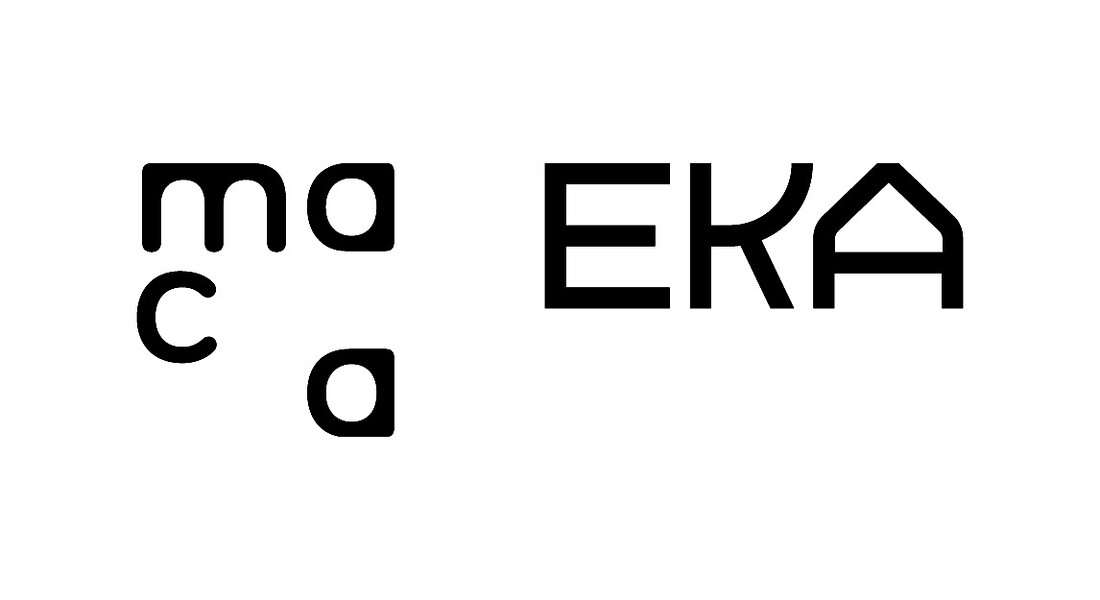May 2, 2019
Faculty of Fine Arts
Põhja puiestee 7
10412 Tallinn
Estonia
The Master of Contemporary Art (MACA) at the Estonian Academy of Arts offers a creative environment to support making, displaying and thinking about contemporary art. The programme places the students’ individual practice at the core of their studies. It offers author-focused tutoring as well as self-organisation, collaboration and collective practices, defined and carried out by students themselves. By providing theoretical tools and practical training, the new programme is designed to support critical thinking as well as environmentally and socially conscientious creation. The main goal of the programme is to support the development of emerging artists, enrich each individual’s practice with cross-disciplinary investigations and to assist them in finding their audience.
Students are able to choose from diverse selective courses as well as use all the facilities at the academy. EKA has recently moved into a brand new building in central Tallinn, well-equipped with workshops for photography, video, sound art, 3D printing as well as for carpentry, blacksmithy, textiles, ceramics and printmaking.
The Estonian Academy of Arts also offers a continuous programme of off-site events and study trips. MACA students are organising their own project spaces, which are supported by the academy, as well as exhibiting in established institutions in Estonia, the Baltic states and Scandinavian countries. The university also offers a wide range of opportunities to collaborate with other partners in Tallinn and abroad.
The teaching language of the Master of Contemporary Art is English. Duration of each programme is two years (120 ECTS). Applications for the 2019/20 academic year will be accepted until May 2, 2019.
Find out more on how to apply here.
Master of Contemporary Art: Teaching Staff
Permanent faculty professors include artists Kirke Kangro (curation, installation and sculpture), Marge Monko (visual culture, video and installation), Liina Siib (visual and archival research, video and photo), Taavi Talve (neo-conceptual institutional critique, sculpture and installation), Raul Keller (sound installation, DIY culture, video- and radiophonic art) and Jaan Toomik (painting and performance-based video work).
Associate professors include Merike Estna (painting and craft discourses, performance), Kristi Kongi (colour, light, space), Laura Kuusk (identity construction, photography and video), Reimo Võsa-Tangsoo (media studies, critical theory, image), Eve Kask (printmaking, artists’ books and objects), Oliver Laas (semiotics, philosophy of technology, game theory) and Margit Säde (exhibition, publishing and self-organisation strategies).
Visiting artists in 2018/2019 included Dre Britton, Jeffrey Alan Scudder, Nadia Hebson, Tobias Kaspar, Mare Tralla ja Roberta Lima, Chris Hales, Johann Arens, Lieven Lahaye, Leslie Johnson, BBB Johannes Deimling and Bita Razavi.
Estonian Academy of Arts
The Estonian Academy of Arts, founded in 1914, is the only public university in Estonia offering a wide selection of curricula in the four faculties of Architecture, Design, Art Culture and Fine Arts. Located in the capital city, Tallinn, it is an active study and research institution and the leading national centre of innovation in visual culture.
Nearly 1,100 students are currently enrolled at the Estonian Academy of Arts and are taught by more than 300 professors, associate professors, teachers and lecturers from Estonia and abroad. Studies take place in small groups of carefully selected students, and the Estonian Academy of Arts prides itself on the low student-to-professor ratio. This creates a more personal, one-on-one approach to instruction and a family-like, close-knit atmosphere.
For more information about the Master of Contemporary Art programme and admission requirements, please visit artun.ee or contact admissions [at] artun.ee.


